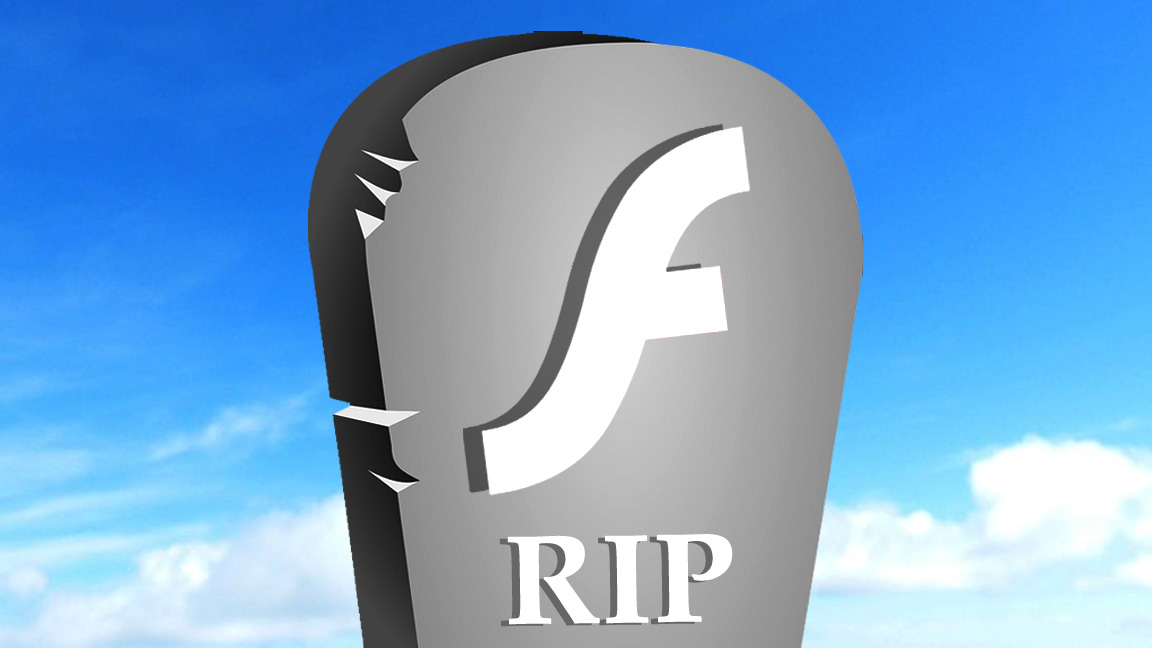Flash is 'on life support,' could be gone in 2 years
Better video codecs spell doom for the aging format

The end has been nigh for Adobe Flash for quite a while now, but the aging web format may finally see its final days in just two years.
According to data collected by Encoding.com in its annual report looking at global media format use, the Flash video codec has been on a rapid decline, dropping from a 21% share among users to just 6% in 2015. The report bleakly noted that Flash is "on life support."
"While Flash is still being used for specific uses and edge cases such as banner ads and legacy browsers, it's days are numbered," the report diagnosed. "We expect to see the Flash video codec disappear completely from our report within 24 months."
H.264, a long-time standard for video editors, continues to snag a sizable portion of video codec use, encoding nearly three-quarters of videos published on the internet.
Since videos encoded in H.264 work on virtually every platform - a restriction Flash had since day one - the codec has gained the support from not just content creators, but also companies like Apple and Google.
Encoding's report also points out the rising popularity of WebM, which has been gaining on H.264 thanks to being royalty-free and compatible with contemporary web standards like HTML5.
Major sites like Facebook and YouTube, as well as Mozilla Firefox, have distanced themselves from Flash not only for video, but have also barred the program from web design use in general, favoring more secure and mobile-friendly web formats.
Sign up for breaking news, reviews, opinion, top tech deals, and more.
Adobe disavowed using Flash for web development back in December, re-branding its Flash creation tool as Animate CC and urging web developers to seek different web standards.
